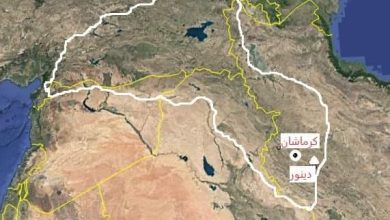As of the latest available data, Qatar is a small yet influential country located in the Middle East, occupying a peninsula on the northeastern coast of the Arabian Peninsula. The demographic landscape of Qatar is unique due to its rapid economic development and significant influx of expatriates, which has resulted in a distinctive population structure.
Population Overview
The population of Qatar has experienced remarkable growth over the past few decades. According to estimates, the population of Qatar was approximately 2.8 million people as of 2022. This growth is largely driven by the country’s robust economic expansion, primarily fueled by its oil and natural gas reserves. The availability of lucrative job opportunities in various sectors, particularly in construction, infrastructure, and services, has attracted a substantial number of foreign workers.
Demographic Composition
Qatar’s demographic profile is characterized by a large proportion of expatriates compared to its Qatari nationals. Qatari citizens make up a relatively small percentage of the total population, while expatriates constitute the majority. This demographic imbalance is a result of the country’s reliance on foreign labor to meet the demands of its rapid development.
Qatari Nationals
Qatari nationals, who are the indigenous population of the country, represent a minority within their own nation. As of recent estimates, they account for about 10-15% of the total population. The Qatari population is known for its high standard of living, supported by substantial revenues from natural resources. Despite their relatively small numbers, Qatari nationals hold significant influence and are the primary beneficiaries of the country’s wealth and resources.
Expatriates
The expatriate population in Qatar is diverse, comprising individuals from various countries across Asia, Africa, and other parts of the world. The largest groups of expatriates come from countries such as India, Nepal, the Philippines, Bangladesh, and Pakistan. These workers are employed in a range of sectors, including construction, hospitality, and domestic services. The high level of expatriate presence is reflective of the country’s labor market needs and its economic structure.
Urbanization and Distribution
The majority of Qatar’s population resides in urban areas, particularly in and around the capital city of Doha. Doha serves as the economic, political, and cultural hub of the country, housing many of the major institutions, businesses, and government offices. The urban population is concentrated in Doha and its surrounding areas, which are the focal points of the country’s development efforts.
Socioeconomic Factors
The socioeconomic profile of Qatar’s population is influenced by the high levels of income associated with the country’s oil and gas industry. This economic affluence contributes to a high standard of living for both Qatari nationals and expatriates who have access to relatively well-paying jobs. However, there are disparities between the living conditions of Qatari nationals and expatriates, with the latter often facing challenges related to employment conditions and residency regulations.
Future Trends
The population of Qatar is expected to continue growing in the coming years, driven by ongoing economic development and infrastructure projects. The country’s demographic structure is likely to remain characterized by a high proportion of expatriates due to the continued demand for foreign labor. Additionally, efforts to diversify the economy and reduce dependence on oil and gas might influence future demographic trends, potentially affecting the balance between Qatari nationals and expatriates.
In conclusion, Qatar’s population is a dynamic and multifaceted aspect of the country’s identity. The rapid growth and unique demographic composition reflect the broader trends of economic development and labor migration. Understanding the population dynamics of Qatar provides insight into the country’s economic strategies, social structures, and future prospects.




